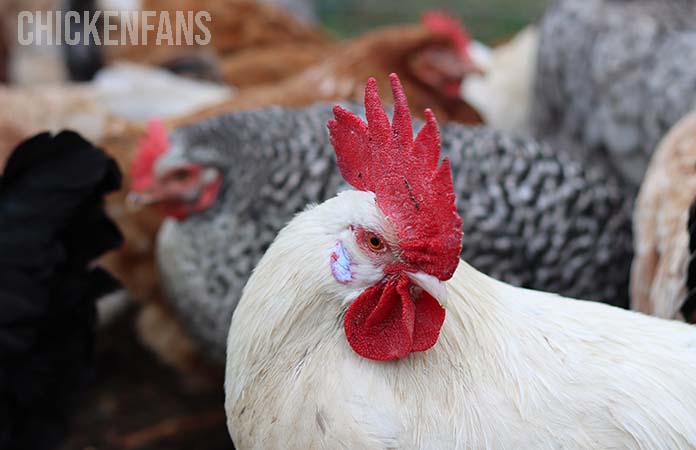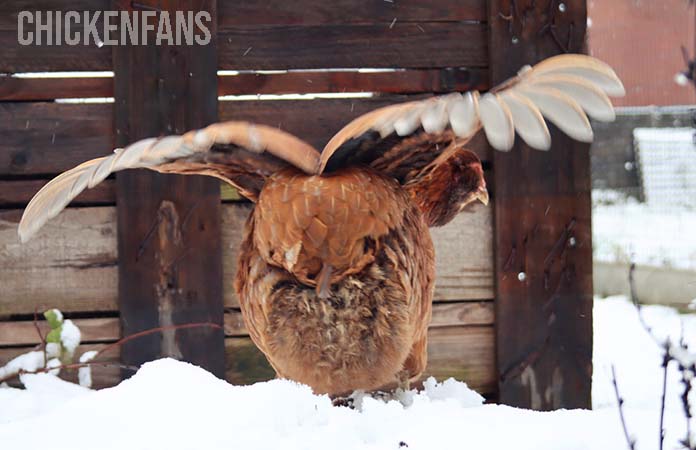Is A Chicken A Mammal? Differences Explained

As a chicken keeper, you may have wondered about the nature of chickens and whether they fall into the category of mammals. Are chickens mammals in disguise? No, they are not. Let’s explore the defining features of mammals and chickens, highlighting the differences between these two.
Is a Chicken A Mammal?
No, a chicken is not a mammal. Chickens belong to the class Aves, which includes birds. Mammals and birds are distinct groups with different characteristics, such as reproductive methods (eggs vs. live birth) and physical features (feathers vs. fur/hair).
Differences Between Mammals and Chickens
This table compares mammals and chickens in terms of various characteristics. It highlights the differences in their ability to fly, mode of reproduction, body covering, skeletal structure, thermoregulation, respiratory system, and nesting behavior.
| Characteristics | Mammals | Chickens |
|---|---|---|
| Flight | Generally unable to fly | Can fly short distances |
| Reproduction | Give live birth | Lay eggs |
| Body Covering | Fur or hair | Feathers |
| Skeletal Structure | Heavier bones | Lightweight bones |
| Thermoregulation | Fur/hair and internal temperature regulation | Feathers and external temperature regulation |
| Respiratory System | Diaphragm and lungs | Air sacs for efficient oxygen exchange |
| Nesting Behavior | Produce milk and nurse their young | Build nests for laying eggs |
What Are Chickens?
Let’s turn our attention to chickens. These fascinating birds have captured the attention of backyard enthusiasts worldwide. Chickens belong to the class Aves, distinctly separate from mammals.
They have evolved their unique features, allowing them to thrive in diverse environments. One of the most distinctive characteristics of chickens is their plumage. Feathers serve multiple purposes for birds, such as insulation, flight, and display.

The complex design and lightweight structure of feathers enables chickens to regulate their body temperature and take to the skies. Unlike mammals, chickens have beaks instead of mouths. A beak is a versatile tool that helps chickens eat, drink, and even peck the ground, searching for food.
Reproduction is another area where chickens differ from mammals. Chickens lay eggs as part of their reproductive process, a method known as oviparity. The eggs are incubated until they hatch into adorable chicks. This is in stark contrast to mammals, which give birth to live young.
Relationship Between Chickens and Mammals
To understand the difference between chickens and mammals, it is essential to dig into their evolutionary relationship. Birds and mammals share a common ancestor that existed millions of years ago. Over time, these two groups separated, evolving distinct characteristics suited to their environments.
While chickens and mammals have different evolutionary histories, they share some similarities. For example, both groups have developed advanced respiratory systems that efficiently deliver oxygen to their bodies.
Additionally, birds and mammals have complex brains that enable them to exhibit complicated behaviors and problem-solving skills.
Summary
Chickens are not mammals but belong to the Aves class. They differ in many ways from mammals, as they produce eggs, have beaks and feathers, and have different respiratory systems.






















